
UL Testing Company
In recent years, the rapid development of global e-commerce has made e-commerce platforms play an increasingly important role in product safety and compliance. As one of the world's largest e-commerce platforms, Amazon requires sellers to provide UL reports. So, what is a UL report? Why does Amazon attach such importance to it? JJRLAB, as a UL authorized laboratory in China, will answer these questions for you.
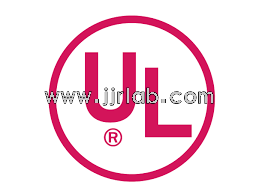
Overview of UL Reports
A UL report is issued by a third-party organization based on the UL standards introduced by Underwriter Laboratories Inc. (UL) certification body. UL standards are a series of guiding documents covering various types of products and industries.
UL standards are developed based on global market demand and technological development, aiming to ensure the safety, reliability, and compliance of products. The development process of UL standards is rigorous and meticulous, considering various aspects of product design, manufacturing, use, and maintenance based on scientific research, engineering technology, and industry experience.
The content of UL standards typically covers requirements for the physical characteristics of products, material usage, electrical safety, mechanical structures, fire performance, electromagnetic compatibility, and more. The standards define various testing methods, inspection procedures, and performance requirements to ensure that products meet expected standards of safety performance under normal use conditions.
Amazon's Requirements for UL Reports
The U.S. Consumer Product Safety Act was enacted in 2008 to enhance the safety of consumer products and prevent injuries and deaths caused by consumer products. As a well-known e-commerce platform in the United States, Amazon is committed to providing a safe and reliable shopping environment for American consumers, ensuring that products sold on the Amazon platform comply with U.S. standards and regulations to safeguard consumer safety and rights. To achieve this goal, Amazon has adopted safety and quality measures, with UL reports being one of the important requirements.
A UL report is an independent third-party certification that comprehensively tests and evaluates the safety of a product. By requiring sellers to provide UL reports, Amazon can ensure that sellers comply with relevant U.S. safety standards and regulations, thereby increasing consumer confidence in purchases and reducing potential safety risks.
During the UL report process, products need to undergo a series of rigorous safety tests and evaluations, including but not limited to electrical safety testing, fire hazard testing, chemical toxicity testing, etc. These tests and evaluations ensure that products have reliable safety performance under normal use conditions and do not pose potential threats to consumer health and safety.
Content and Standards of UL Reports
3.1 Testing Items: UL reports comprehensively test products, covering multiple aspects such as physical characteristics, material usage, electrical safety, mechanical structures, fire performance, electromagnetic compatibility, etc. The specific testing items may vary depending on the type of product and application field.
3.2 Testing Standards: UL reports follow a series of UL standards for testing and evaluation. UL standards are guiding documents developed by Underwriter Laboratories Inc. (UL) certification body, covering various types of products and industries. These standards are based on global market demand and technological development, aiming to ensure the safety, reliability, and compliance of products.
3.3 For example, different types of products may need to comply with the following UL standards:
3.3.1 Lithium Battery Packs: UL2054
3.3.2 Power Banks: UL2056
3.3.3 Battery Cells: UL1642
3.3.4 Car Chargers: UL2089
3.3.5 Audio/Video Equipment: UL62368
3.3.6 Data Cables: UL9990
3.3.7 Household Appliances: UL60335
3.3.8 LED Displays: UL48
3.3.9 Personal Care Products: UL859
3.3.10 Security Cameras/AV Power Supplies: UL60065
3.3.11 Energy-saving Lamps: UL1993
3.3.12 Household Dishwashers: UL749
3.3.13 Electric Washing Machines and Spin Extractors: UL2157
3.3.14 Microwaves: UL923
3.3.15 Household Refrigerators and Freezers: UL250
In fact, UL standards are very extensive and applicable to different industries and types of products. Each product may have specific UL standard requirements to ensure that it meets expected standards in terms of safety performance and compliance.
Difference Between UL certification and ul testing Reports
UL certification is a voluntary certification that requires testing of products and auditing of factories, with audits conducted quarterly, high costs, lengthy processing times, and very strict factory inspections.
UL testing reports are issued after products pass tests according to the corresponding UL standards selected. They have lower costs, shorter processing times, and do not require factory audits. They can be used for Amazon audits, and they are ineffective for customs clearance.
UL Certification Modes
For different UL service types, UL logos can be divided into three categories: Listed, Classified, and Recognized.
1. Listed: Used only on complete products or devices eligible for replacement or installation by qualified personnel on-site. Products covered by UL listing services include: IT equipment, AV equipment, refrigerators, vacuum cleaners, and other electrical appliances. If the final product needs to be marked with the UL Listed logo, UL must test the sample to confirm that it does not have hidden hazards of fire and electrical safety.
2. Classified: UL's classified services are a safety certification procedure for evaluating special performance such as hazards for products used in commercial or industrial environments according to relevant laws and regulations. Classified services mainly target building materials, various fire protection equipment, and maritime equipment.
3. Recognized: Recognition mainly refers to a safety certification implemented for components and materials. Components recognized by the recognition service will be assembled into finished products, and the components must meet relevant licensing conditions before they can be applied to the corresponding finished products. Examples include switches, power supplies, printed circuit boards, transformers, wires, plugs, and plastic materials.
The three types of logos are used on products for three different services and cannot be mixed, otherwise, they may be considered counterfeit products.
UL's services are based not only on U.S. UL standards but also on Canadian standards (cUL). Therefore, UL logos are divided into those used for UL products and cUL products, and both satisfy these three types.
The "us" in the lower right corner of the UL logo indicates its applicability to the United States, the "c" in the lower left corner indicates its applicability to Canada, and having both "us" and "c" means it applies to both countries.
Application Process for UL Reports
4.1 Determine Product Type and Testing Items: Firstly, it is necessary to determine the type of product and the corresponding UL testing items to ensure the selection of the correct UL standards for testing and certification.
4.2 Find Third-party Organizations: Contact and select a qualified and experienced third-party organization for testing and certification.
4.3 Submit Application Form: Submit a UL report application form to the selected organization. The application form needs to provide relevant information such as product description, specifications, user manuals, etc.
4.4 Quotation and Payment: Based on the content of the application form, the third-party organization will provide a quotation and negotiate fees and payment methods with the applicant. The cost of UL reports usually varies depending on the type of product, testing items, and workload.
4.5 Sample Testing: The third-party organization conducts corresponding UL tests based on the samples provided
Email:hello@jjrlab.com
Write your message here and send it to us
 Amazon and Temu Require FCM Test Reports
Amazon and Temu Require FCM Test Reports
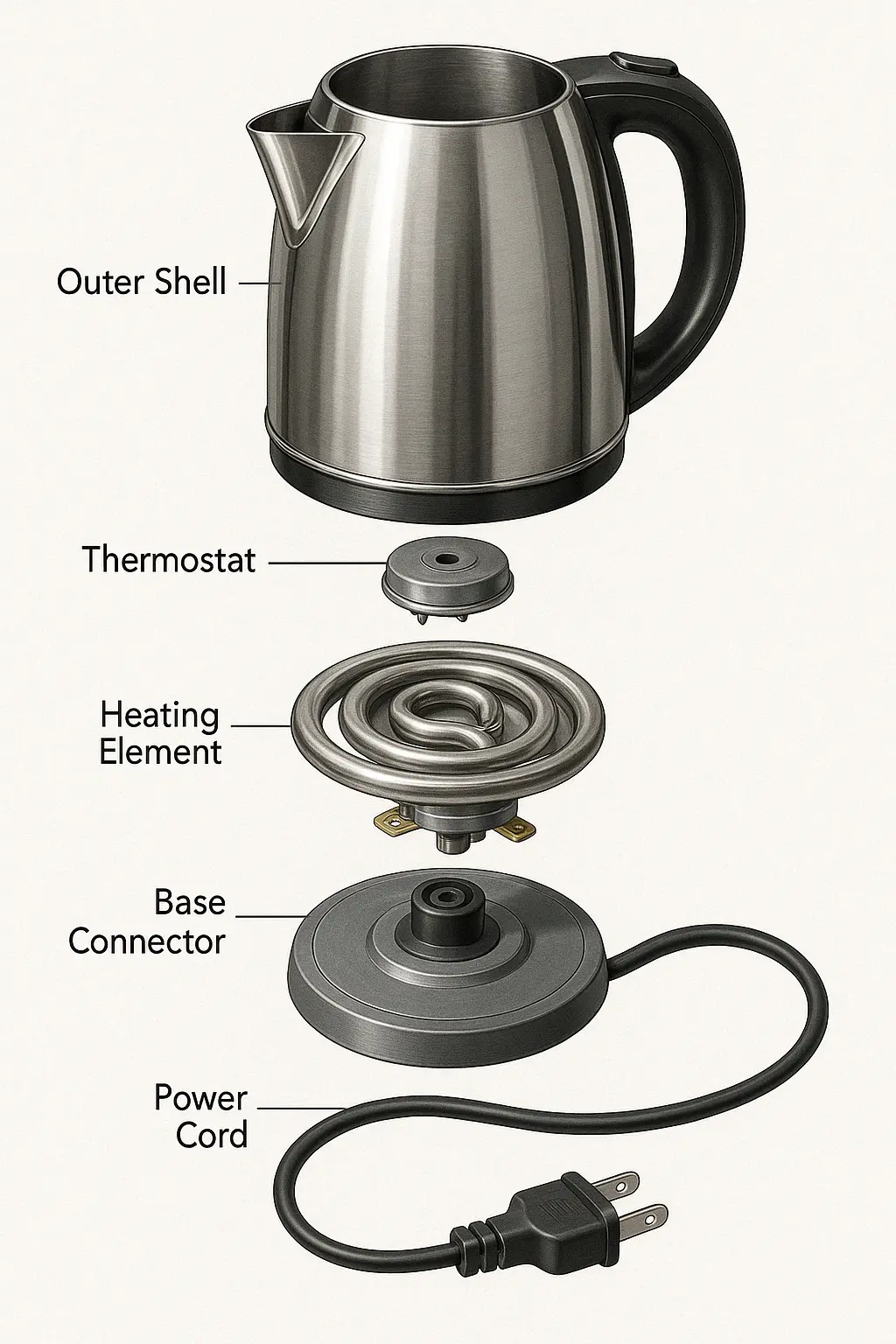 Electric Kettle Amazon Canada Compliance Certifica
Electric Kettle Amazon Canada Compliance Certifica
 Do You Understand Amazon Compliance Certification?
Do You Understand Amazon Compliance Certification?
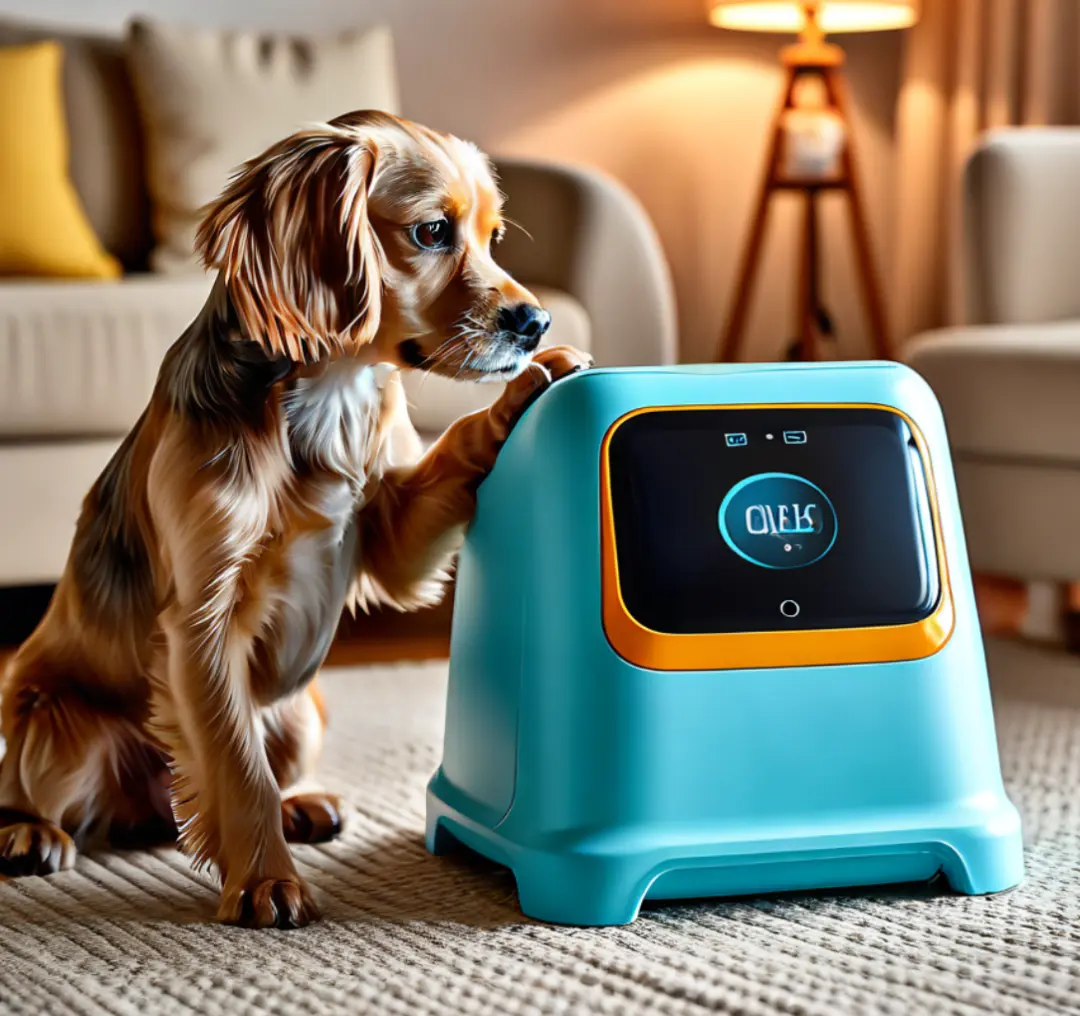 Pet Products CE Mark
Pet Products CE Mark
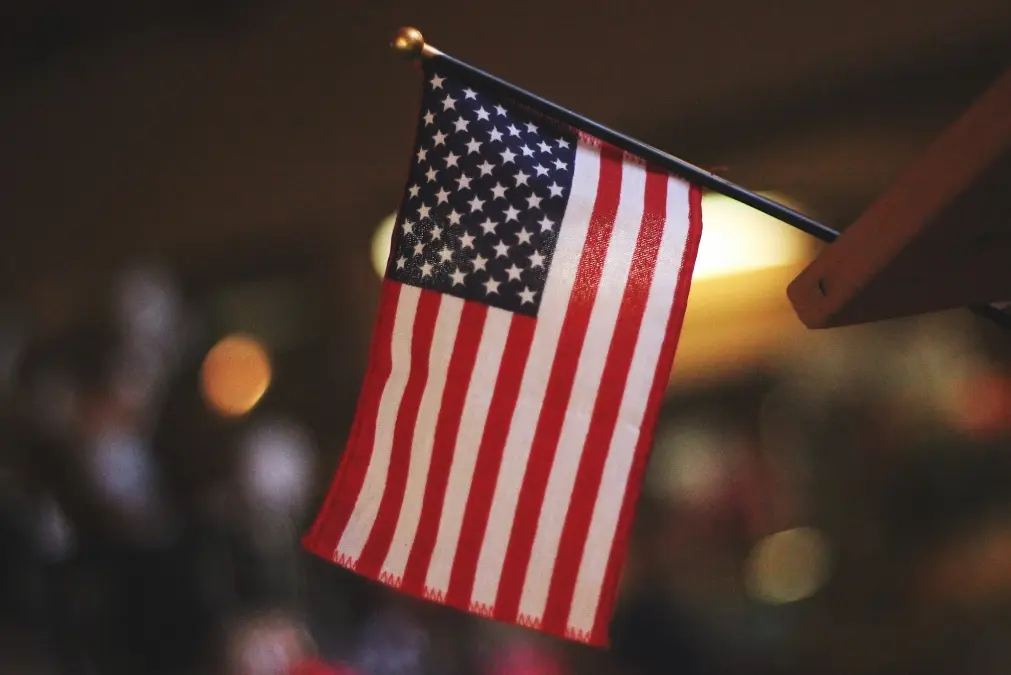 US Toy Safety Standards
US Toy Safety Standards
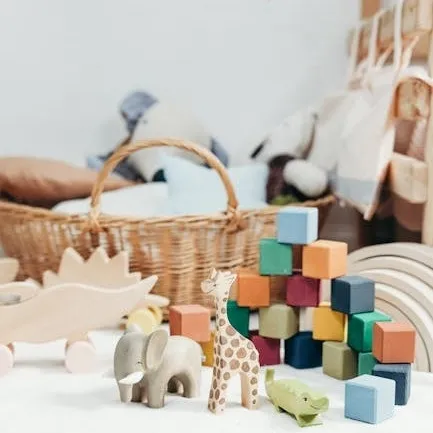 Toy Toxicology Testing CA
Toy Toxicology Testing CA
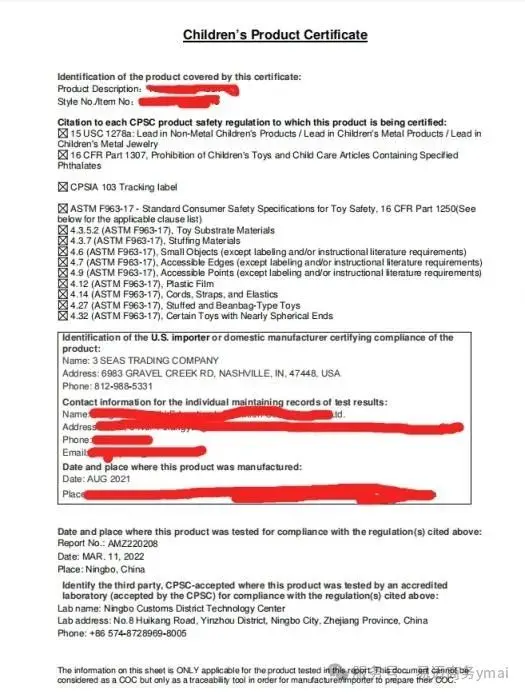 CPSIA Compliance for Children's Products
CPSIA Compliance for Children's Products
 Food Contact Items Testing
Food Contact Items Testing
Leave us a message
24-hour online customer service at any time to respond, so that you worry!




